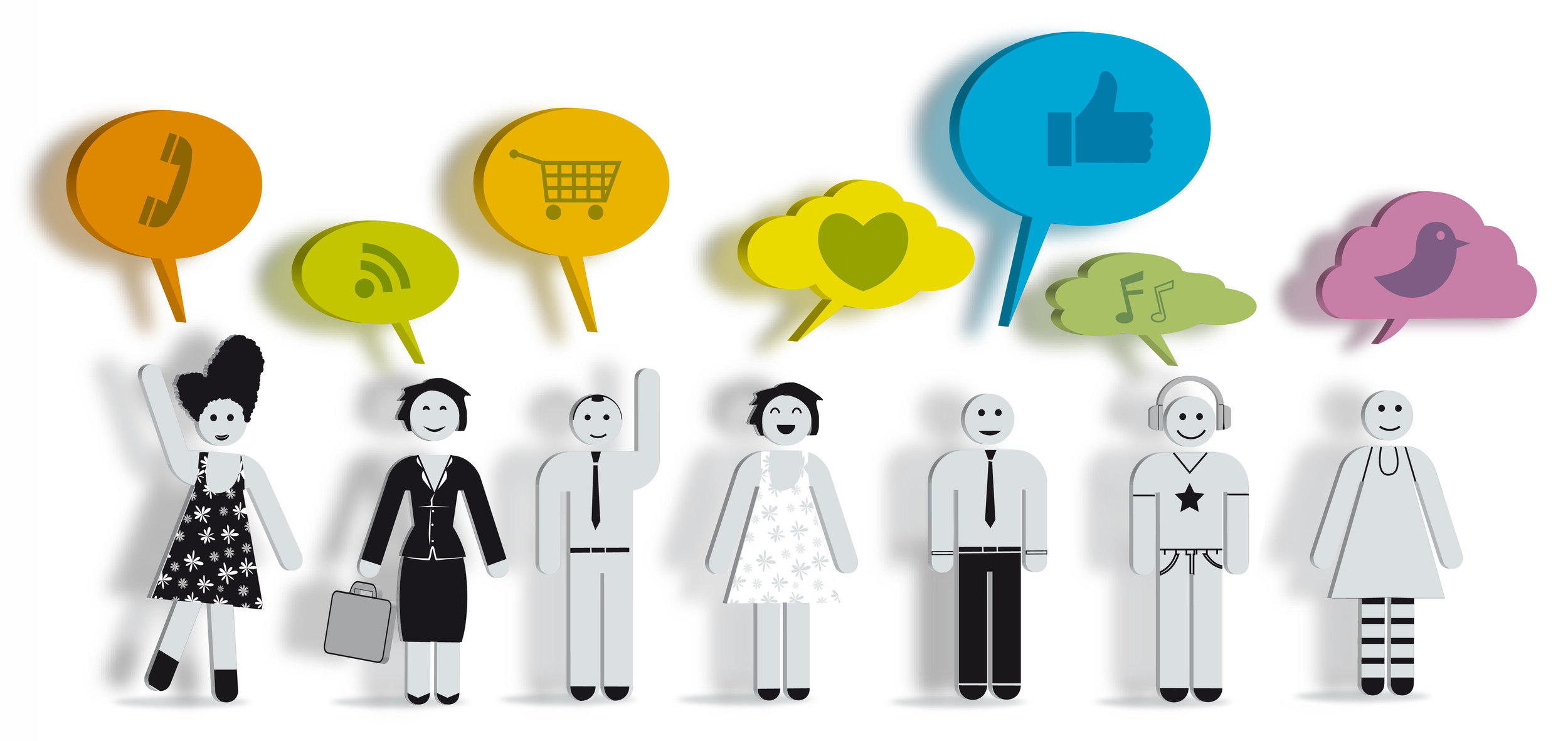How to Choose the Right Social Media Channels
Filed under:
You’ve made the decision to be active on social media – so where do you start? What channels should your company be present on? Do you use all of them? Just one?
Think of social media like a new playground – all of your friends are there, and you’ve decided you want to be there, too! But you can’t be on every structure at the same time, so you need to be strategic about where you spend your time and who you give your attention to.
The sandbox you play in depends on where your target audience plays. Just like all advertising, social media starts with getting your message out to the right people at the right time.
Use these overviews of the most popular channels to help you decide which channels are worth your time and investment – and which aren’t. Remember, no matter what, it’s always important to keep your audience in mind when making your decision.

LinkedIn is all about business and professional networking – in fact, think of LinkedIn as a networking event. If you’re looking to grow your business, use this platform to leverage existing connections and grow your company through a virtual word of mouth. Set up a Company Page – don’t use your personal account – to promote your organization. Think of this as a secondary website; use it to promote your business, your brand, and job opportunities. It’s especially helpful if you are looking to add members to your team – internally (employees), or externally (partners, suppliers). 50% of B2B (business to business) buyers use LinkedIn as a resource, and a whopping 76% prefer to work with recommendations from their networks.
LinkedIn has also created it’s own blog network, called The Pulse, which allows users to share content with their network for free. This shows up in individuals’ news feeds and can be shared, liked, or commented on.
500 million tweets are sent each day, so although it may seem like the Twitter phase has come and gone, the platform is still highly used and full of news-seekers. Twitter is all about real-time updates: people go for updates on what is happening now. This has become even more apparent in the world of multi-screen time, i.e., people are spending time watching TV while checking their smartphones at the same time – and they’re tweeting about what they’re watching, growing the party from the 10 friends in their living room to the hundreds, thousands, or millions of people all watching the same show (26.1 Million tweets were sent out with the hashtag #sb51 during last year’s super bowl game.
So how do you use Twitter for a business advantage? Use tweets that include images or video to showcase how your expertise can help your customers.
Instagram is built on images. Its 800 million monthly users make it one of the most popular social media platforms. Businesses can leverage this community by strategically building and promoting their brand through images and hashtags – similar to a keyword. Instagram has recently launched a feature called Stories; videos and images which disappear 24 hours after being uploaded. This new feature has taken off in popularity with individuals and businesses, and has 250 million posts daily. This is a great way for a business or organization to take risks and see what speaks to their audience. Business pages on Instagram are open and visible to everyone, and individuals can engage with businesses in the same way the do with their friends.
Snapchat
Snapchat was created so people could send funny images or text to their friends, without the fear of it appearing all over other social media channels. When a user takes an image with Snapchat, they set a timer (up to 10s) and the image disappears after the recipient opens the message. The platform has an average of 178 million daily users, most of whom are teens. Many businesses , however, take advantage of that and advertise their products where they know their audiences are. Many celebrities have accounts (Kim Kardashian is famous for her constant use of the app) and use them to build connections with their fan base and promote new products. Shopping centres, sports arenas, and restaurants are examples of local businesses using Snapchat. That being said, however, brand payoff isn’t clear yet, with users saying they use the app to interact with and follow their personal acquaintances over brands or businesses.
Other
Yammer: An internal social media platform for employees and businesses designed to increase collaboration and project success
Pinterest: A virtual storyboard, helping users to collect ideas using images. Businesses can use this to showcase their products or services and provide helpful tips for customers.
Youtube: A video channel. Businesses can post traditional television ads here, or videos of the products and services you offer.